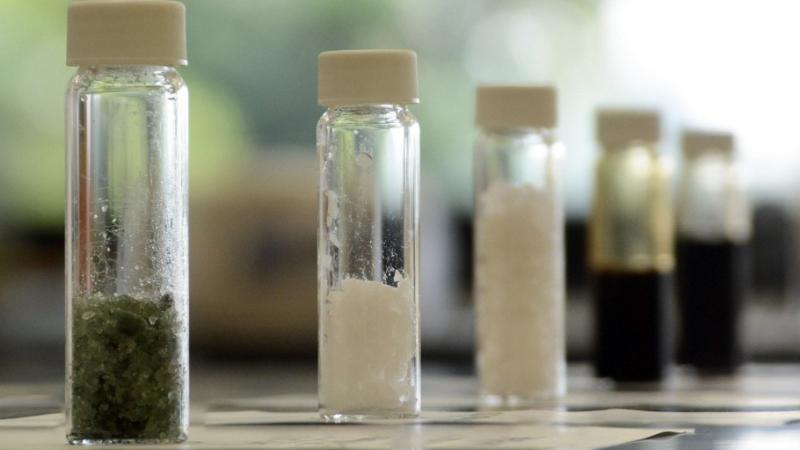January 17, 2018

[The Jefferson Project at Lake George is conducting ongoing research into how human activities may be affecting the lake. This guest blog by Bill Hintz, a post-doctoral research associate in the lab of Jefferson Project Director Rick Relyea, summarizes recent research published in the journal Oecologia. The Jefferson Project is a collaboration between Rensselaer, IBM Research, and The FUND for Lake George, founded to develop a new model for technologically enabled environmental monitoring and prediction to understand and protect the Lake George ecosystem and freshwater ecosystems around the world.]
What did you want to know?
Fear of predators stresses out prey. This so-called “landscape of fear” can affect prey by reducing their growth, altering their reproductive patterns, and changing their behavior. Research has shown that pollution can have the same effect. In fact, the natural stress caused by predators can interact with pollution. For example, combining a non-lethal concentration of pesticides with predatory stress can be lethal to many freshwater organisms. Road salt is a common pollutant in cold regions that can dramatically increase the salinity of freshwater ecosystems. We wanted to know if pollution from road salt interacted with predatory stress in freshwater systems to alter the reproduction, behavior, and growth of fish and zooplankton.
How did you go about it?
We conducted two experiments, one on rainbow trout and another on the zooplankton species Daphnia pulex. Rainbow trout are an important sport fish around the world and Daphnia help keep water in our lakes and wetlands clear by consuming algae. In the trout experiment, we exposed them to three concentrations of road salt crossed with the presence or absence of an alarm cue—essentially a “smell” in the water that prey produce when they are eaten by predators. Similarly, we exposed Daphnia to four concentrations of road salt and the alarm cue produced when predators consume Daphnia.
What did you find out?
In the Daphnia experiment, we found that alarm cues and road salt had a combined effect on Daphnia reproduction. In the absence of road salt, the presence of alarm cues induced Daphnia to produce eggs, which is a normal response to the stress of predators. Daphnia produced more eggs as salt concentrations increased, an indication that Daphnia respond to the presence of salt as a stress, similar to how they respond to the stress of predators. However, when the stress of predators and salt are combined, egg production did not increase as expected, indicating that elevated salt levels inhibited Daphnia’s ability to respond to predators.
However, while Daphnia abundance—i.e., population size—was independently affected by both road salt and the presence of alarm cues, we did not observe a combined effect. High concentrations of road salt reduced Daphnia abundance by 85 percent, while alarm cues reduced abundance by 11 percent.
We found that the rainbow trout were affected by both the alarm cue and salt, but we did not see a combined effect. Regardless of salt concentrations, the alarm cue triggered behavioral changes, causing the trout to form groups, decrease their movement behavior, and reduce their aggression toward each other. Regardless of alarm cues being present or absent, road salt reduced trout growth at high concentrations compared with moderate concentrations.
Our results indicate that predatory stress and road salts can both affect freshwater organisms in ways that could alter the food webs of freshwater ecosystems. The salt concentrations that caused harm to the two species were nearly 100 times higher than salt concentrations in Lake George, but similar to the pulses of salt observed in the streams that supply water to the lake.
The research, titled "A salty landscape of fear: responses of fish and zooplankton to freshwater salinization and predatory stress," can be found at doi: 10.1007/s00442-017-3925-1.
